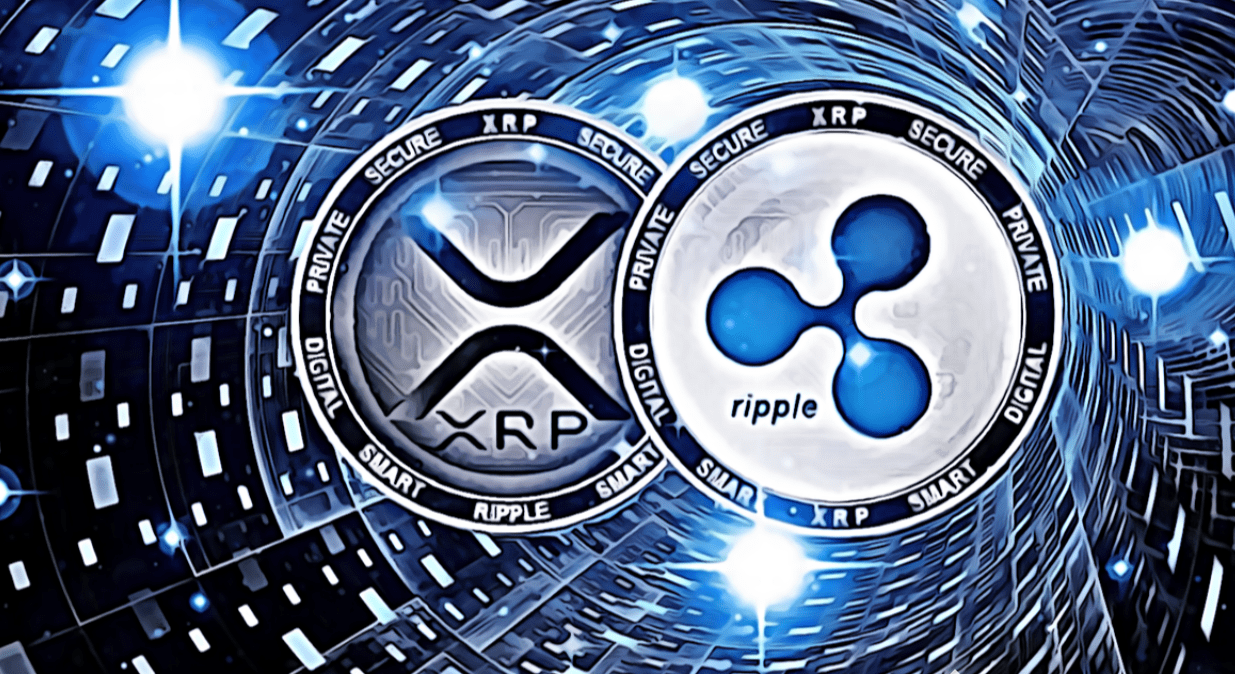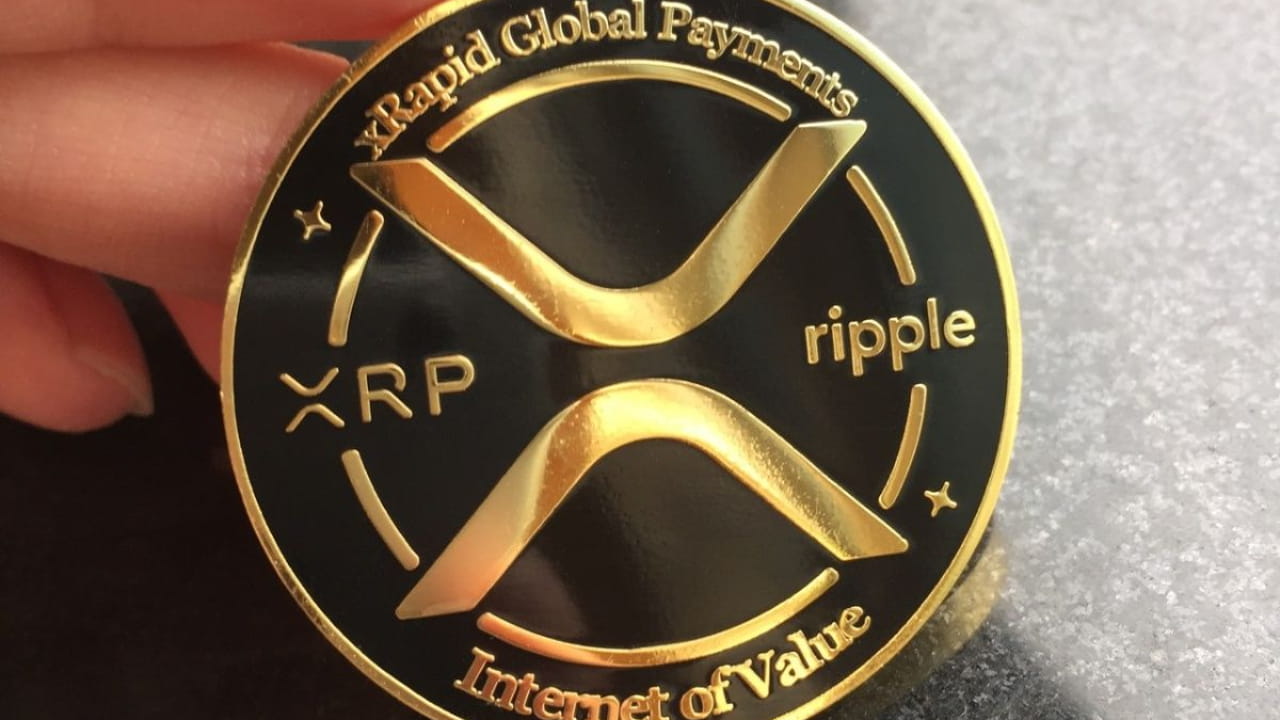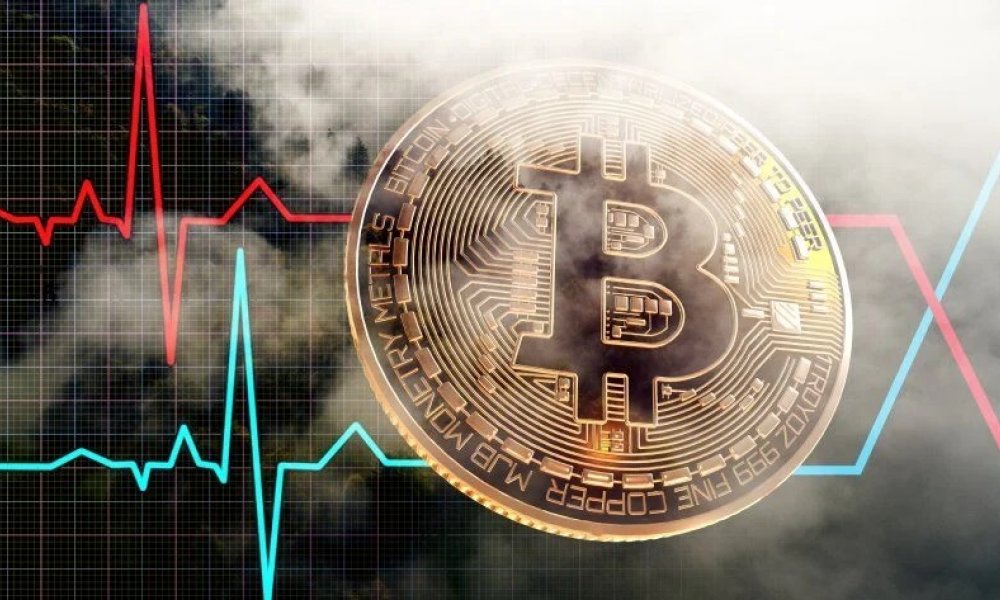Ripple (XRP) Price Analysis Elliott Wave Forecast & Market Trends

One of the most often used Cryptocurrencies, Ripple price analysis (XRP), still grabs traders’ and investors’ interest. Although its technological objectives to increase cross-border payments are commendable, its price swings usually vary depending on macroeconomic conditions and market attitudes.
This article will discuss the most recent Ripple price analysis changes and Elliott Wave technical analysis to evaluate possible future price fluctuations. It aims to give traders comprehensive knowledge of how to apply this approach to examine XRP’s price activity and provide ideas on what the future might hold for Ripple.
Ripple (XRP) Overview
Ripple (XRP) is a cryptocurrency designed to facilitate fast, low-cost international payments. Unlike Bitcoin, which focuses on decentralised peer-to-peer transfers, Ripple aims to integrate with existing financial systems, offering banks and financial institutions an alternative to traditional payment networks. Since its launch in 2012, Ripple has garnered attention for its ability to reduce transaction times and costs, making it a popular choice among financial institutions.

XRP has faced challenges, notably an ongoing lawsuit from the U.S. Securities and Exchange Commission (SEC) concerning whether the cryptocurrency should be classified as a security. Despite these legal hurdles, Ripple continues to be one of the top cryptocurrencies by market capitalisation.
Elliott Wave Theory
Elliott Wave theory is a type of technical study that forecasts future price swings by using recurrent wave patterns in the market. The idea is that markets move in waves that reflect the collective psyche of market players, including fear and greed.
The five impulse waves follow the general direction of the dominant trend. Under an uptrend, the price moves impulsively, designated 1, 2, 3, 4, and 5. While waves 2 and 4 are corrective and retrace some of the gains achieved by the preceding impulse waves, waves 1, 3, and 5 are generally upward motions.
Once the five-wave impulse ends, the market moves into a correction phase. These are usually three-wave motions, labelled A, B, and C. Corrective waves usually reverse part of the previous impulse before the market picks back up its momentum.
Ripple Price Analysis
First, we have to consider the current price movement to grasp how Elliott Wave theory may be applied to Ripple (XRP). The price of XRP has shown notable volatility, with notable increases followed by large corrections. These fluctuations define the waveforms Elliott Wave theory seeks to recognise.
XRP Impulse Wave
Should XRP be in an impulse wave right now, it would indicate that the coin is firmly trending upward. The wave structure shows that every next action in the market raises prices. The fifth wave is particularly significant since it usually marks the last force of a bullish trend before a correction starts.
For example, traders would anticipate more price rises if XRP finishes its first and second waves and is now in the third wave, since the third wave is usually the longest and strongest. To control risk, it is important to keep in mind that these impulsive waves might occasionally cause quick price fluctuations.
XRP Correction Phase
On the other hand, should XRP finish its five-wave rising impulse, the market could start a correction phase. Usually, this phase includes retracements of the prior impulse waves and corrective waves. During a corrective phase, XRP’s price can pull back by 50% or more from its recent highs as the market looks for fresh support before picking up its uptrend once more.
In this regard, traders would search for important support levels depending on past price behaviour or technical indicators such as Fibonacci retracements. These levels can guide where the corrective wave might stop and flip.
Optimizing Ripple Analysis
Elliott Wave theory performs best when validated by possible price moves by combining with other technical indicators. Here are some instruments designed to enable traders to examine Ripple’s price more precisely:
Moving averages let one determine the direction of the trend. While longer-term averages like the 200-day MA help evaluate general market strength, short-term moving averages like the 50-day MA can highlight where XRP stands with respect to its current price movement.
A momentum oscillator, the relative strength index (RSI), helps determine whether XRP is overbought or oversold. While a low RSI can point to a possible bottom, a high RSI could imply that the market is nearing its top.
This instrument helps one find possible levels of support and resistance during corrective waves. Fibonacci Retracement. The 50% and 61.8% retracing levels are particularly important since they usually coincide with major moments of reversal in an Elliott Wave cycle.
XRP Price Drivers
The ripple generally reacts significantly to news events, changes in regulations, and the world economic situation. The continuous SEC litigation has been a major source of volatility; the price of Ripple sometimes surges when good news breaks through and falls when bad news arrives.

Moreover, Ripple’s alliances with Blockchain Impact developments and financial institutions could raise the price. As Ripple keeps expanding its network and forming strategic relationships, these events can generate more demand for XRP, driving a possible price increase trend.
Final thoughts
One of the most volatile cryptocurrencies is Ripple (XRP), whose price is influenced by technical considerations, market mood, and world events, including the global economy. Using the Elliott Wave theory on XRP will enable traders to recognise possible turning moments and market trends, therefore helping them grasp the cyclical character of price movements. Although this approach is not perfect, it is a useful instrument in a trader’s toolkit since it provides an understanding of where XRP might be going in the not-too-distant future.
Whether XRP is moving into another bullish phase or a corrective cycle, traders must keep informed on technical indicators and market news to make wise selections. Elliott Wave research, along with additional indicators like moving averages and RSI, helps traders increase their odds of correct forecasts in this erratic market.




